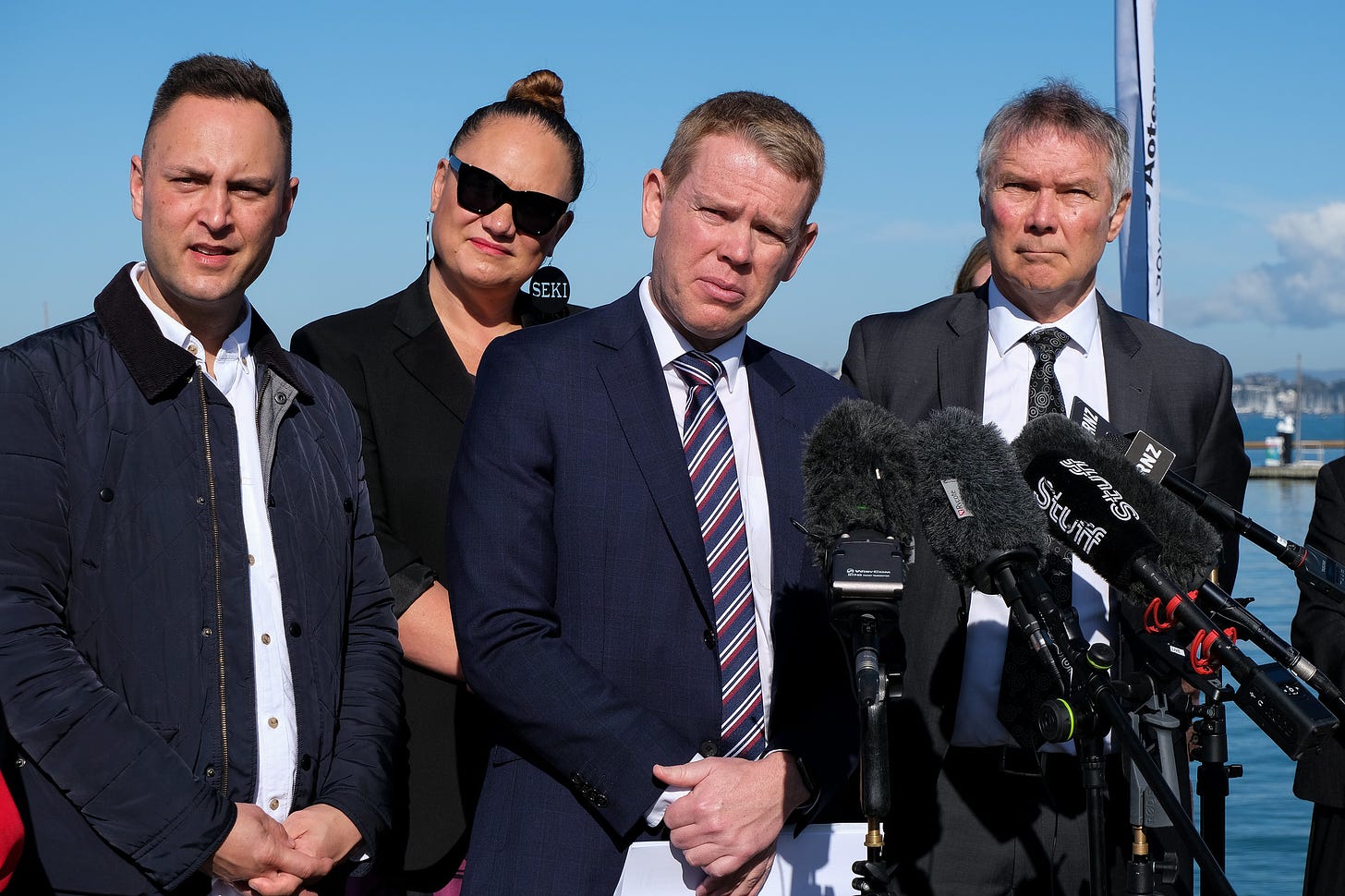
TL;DR: Labour PM Chris Hipkins yesterday revealed cross-harbour transport projects that could cost up to $45 billion in the decades to come, but he wants road tunnels built first, which will increase climate emissions for decades to come.
The projected cost also ignores a climate emissions credits bill that add well over $20 billion to the real cost to taxpayers because Auckland’s higher transport emissions will be a driving factor in Aotearoa failing to meet our Paris climate agreement committments by 2030. Treasury has forecast the Crown could have to pay well over $20 billion to buy emissions credits overseas to compensate for missing those targets.
Paying subscribers can see more detail below and hear more in the podcast above, including my questions about emissions reductions and funding options to Chris Hipkins and Transport Minister David Parker at yesterday’s news conference at the Bayswater Marina (which means way too much seagull and helicopter noise). Join them in supporting our journalism in the public interest on housing, climate and poverty by subscribing in full. A question for paying subscribers: Do you want this opened up to the public for sharing? Just hit like or say so in the comments.
How $45b of tunnels could actually cost $65b+
Usually, infrastructure investors want to invest heavily upfront to lower costs and improve the environment in the long run. Labour PM Chris Hipkins is doing it the other way around.
He announced yesterday a Labour Government would choose to spend up to $45 billion by first building more roads in two tunnels under the Auckland Harbour, which would increase emissions over the next 10 to 20 years, just when Aotearoa needs to be cutting emissions in order to meet our Paris agreement targets.
Hipkins detailed the costs, but did not include the likely emissions credit costs:
Indicative cost of road tunnels: $12-15 billion
Indicative cost of SH1 improvements: $1.0-1.5 billion
Indicative cost of Northern Busway upgrades: $0.5 billion
Indicative cost of walking and cycling improvements: $0.5 billion
Indicative cost of light rail tunnel (CBD to North Shore): $8.5-11 billion
Indicative cost of light rail tunnel (North Shore to Albany): $12.5-16 billion
Indicative overall cost: $35-45 billion
Treasury forecast in April that the Crown could have to spend up to $24 billion to buy emissions credits on international markets to meet the Paris targets by 2030. Choosing to opt for roads and to delay setting aside lanes on the Harbour Bridge for dedicated busways, cycle lanes and walkways increases the chances the $45 billion estimate for the projects could blow out to over $65 billion because of the resulting need to buy emissions credits.
Hipkins portrayed the projects yesterday as a way to improve congestion and to spread the cost out over decades. He said the first priority was to build the road tunnels first, which would then allow dedicated busways and cycleways on the Harbour Bridge. However, that would delay the mode shift required to reduce emissions by decades, and induce extra demand for extra cars on Auckland’s network.
Here’s the map detailing the two road tunnels and one rail tunnel, although it doesn’t specify that the road tunnel is first in the queue. The cross-section below shows four lanes for cars and trucks, and two lanes for ‘active modes’.
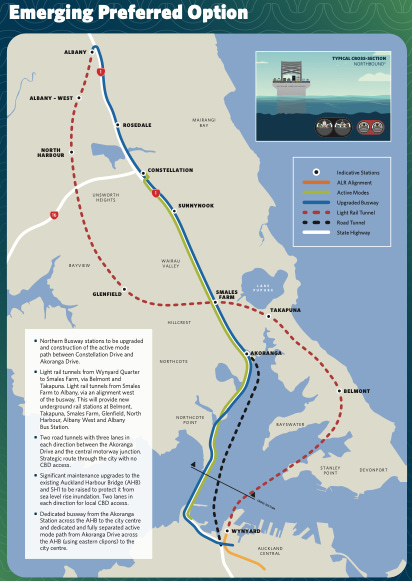
The key is the decades of delay to mode shift
Choosing to opt for road tunnels, which are unlikely to be completed until well into the 2030s, means yet more decades of delay in the seriously difficult but necessary shift in movements out of emissions-heavy cars and into low-to-no emissions public transport, cycling and walking.
The problem with this is it also delays the emissions reductions well past 2030, which means the carbon liability continues to mount, let alone the risk Aotearoa’s exports would be blocked by the EU and others. The EU has written into its FTA with New Zealand that failing to meet our Paris targets could trigger blockages to our exports.
Here’s the Treasury estimates of the costs, which have not been included in the business cases for Auckland’s various travel projects, most of which are not forecast to reduce transport emissions untill well into the 2050s, largely because of the delays to mode shift.
The very early indicative business case for the four-tunnel option suggested eventual emissions reductions of 360,000 tonnes of carbon over 60 years, but most of that is pushed into the back end of the 60 years.
Initial reactions from politicians and experts
National said it supported the road tunnels proposed, but opposed the rail tunnels. Spokesman Simeon Brown said National would deliver the tunnels, while Labour couldn’t. The Greens said it was an irresponsible plan and it preferred investment in the light rail tunnels first.
Urban planning economist and lecturer Stu Donovan described the plan as an abomination.
Alternatives and un-answered questions
I asked questions at the news conference about the likely climate emissions implications of the choices. Hipkins and Waka Kotahi-NZTA could not provide them.
I also asked about the population growth forecasts and assumptions used to build the options, which they did not have answers for. A Waka Kotahi document provided later showed community consultation found 75% preferred light rail was a most important mode to be delivered by the project, with general traffic seen as a most important mode by 66% and walking and cycling by 63%.
One question that could be asked of all the politicians and transport planners is: what could be done and should be done first to achieve Aotearoa’s transport emission reduction targets. This is an addition from me in line with our push into solutions journalism. I welcome other suggestions, along with challenges to my suggestions below.
The immediate steps to reduce transport emissions in Auckland could include:
immediately converting two of the Harbour Bridge’s six lanes to walking and cycling, and two of the lanes to a dedicated busway, with two lanes left for cars and trucks;
immediately ramping up the number and frequency of buses (preferably electric) on the dedicated Harbour Bridge and Northern motorway busway;
dedicating lanes on the Northwestern Motorway to a similar busway, with many more electric buses;
immediately converting roadside car parks to cycling lanes on both sides of Tamaki Drive, Remuera Rd, Newmarket Rd, Kyber Pass Road, Parnell Rise, Mt Eden Rd, Dominion Rd, New North Road, Great North Rd, Ponsonby Rd and Jervois Rd;
offering a $2,000 discount voucher for electric bikes to all Auckland residents, and a $4,000 voucher to those with Community Services Cards, Student ID cards and Gold Cards;
offering a $5,000 discount voucher to all residents buying new and used (newly) imported electric cars;
immediately doubling the size of Auckland’s bus fleet and converting it to an all-electric fleet as soon as feasibly possible; and,
introducing congestion charging on Auckland motorways as soon as feasibly possible, calibrated to shift traffic around to reduce congestion in peak hours.
Cheers
Bernard




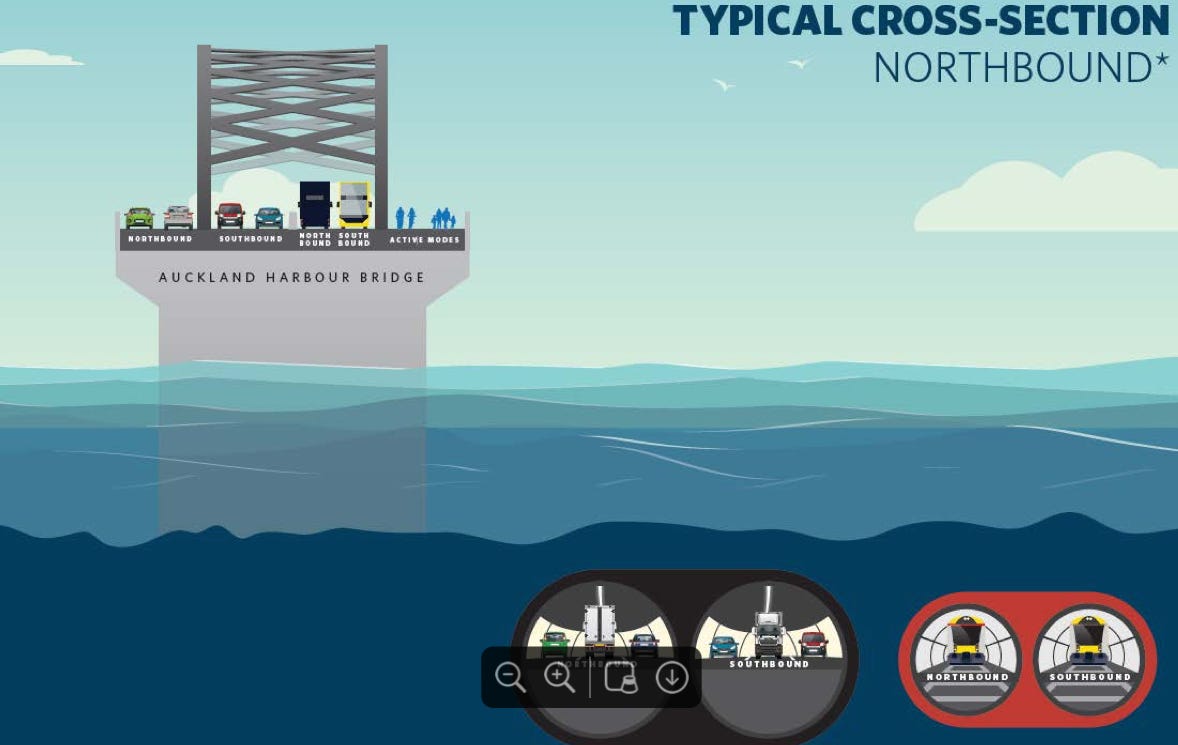
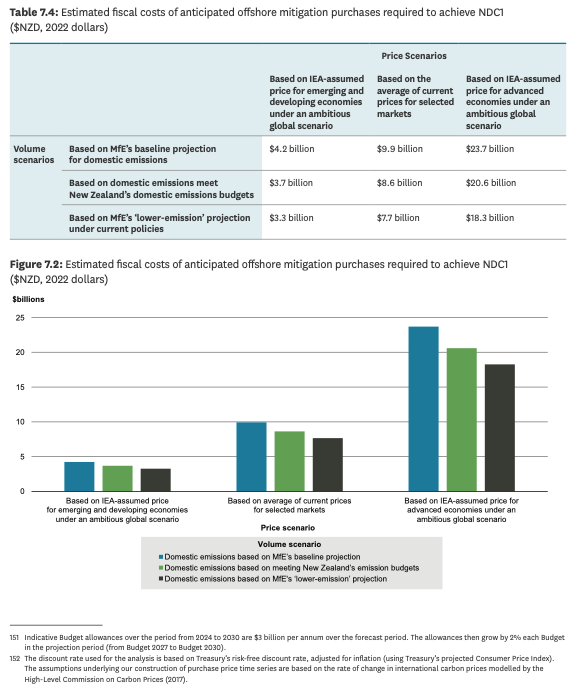
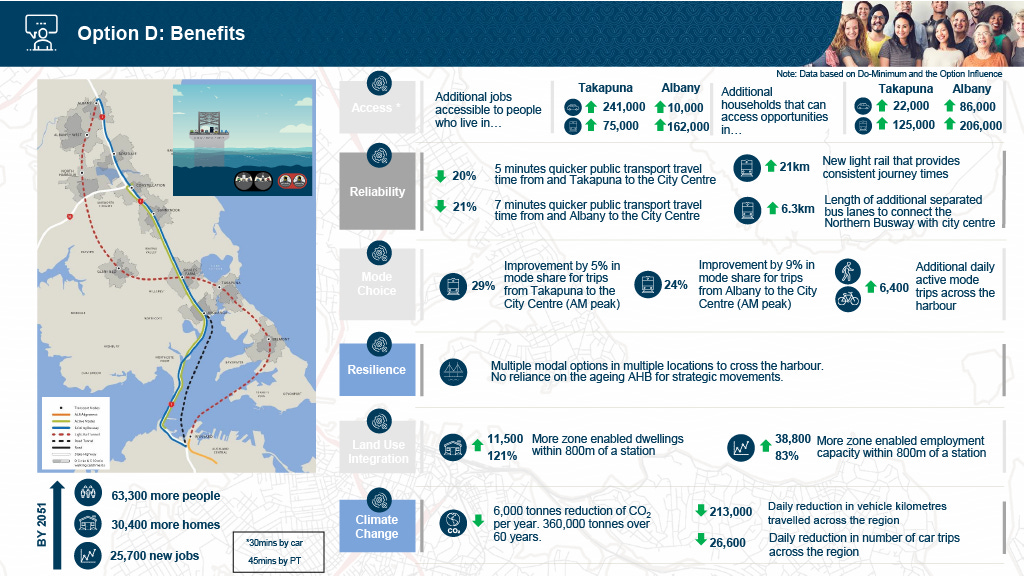

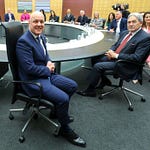
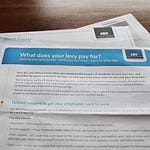
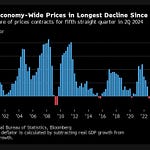
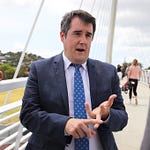
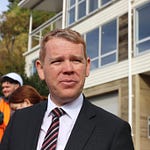

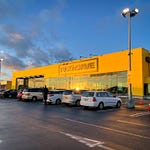
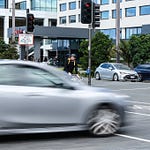
Share this post